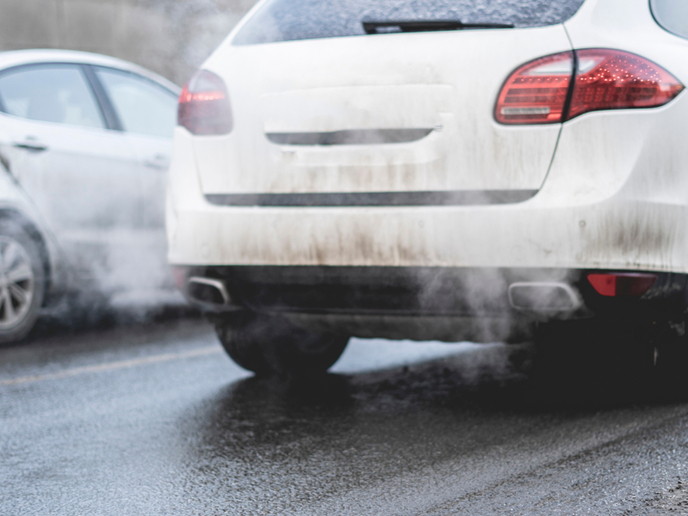How to catch air-polluting vehicles
Air pollution levels remain dangerously high in various parts of the world. According to the World Health Organization, 9 out of10 people breathe air containing high levels of pollutants, such as particulate matter and nitrogen dioxide. Road transport is a major source of air pollution that leads to premature death and disease. A report by the European Environment Agency shows that the road transport sector is the largest contributor of total nitrogen dioxide emissions in the EU, where there are 400 000 premature deaths every year due to air pollution. Therefore, it’s crucial to keep vehicle emissions in check. Thanks to the EU-funded CARES project, scientists are developing remote emission-sensing instruments. A news item on the website of project partner Graz University of Technology reports that the research team “is working on new contactless exhaust measurement methods that will enable municipalities to take emission-reducing measures.” Quoted in the news item, Alexander Bergmann, head of the Institute of Electronic Sensor Systems at Graz University of Technology, says: “We want to monitor vehicle emissions in cities and environmental zones under real conditions, without having to interfere with free-flowing traffic.” He adds: “The aim is to detect the exhaust class of each individual vehicle using these measurements.” In relation to these measurements, several ideas are being considered, such as introducing an emissions-based city toll where the charges would be higher for vehicles with higher emissions. “Entry permits into environmental zones could also be monitored automatically, in which automatic barriers only open if the pollutant emissions of the approaching car are within the standard range.” The sensors could also be used to identify vehicles whose engines have been modified for higher performance, and thus produce higher emissions. As explained in the same news item, the technology developed by the researchers involves the use of a sensor that incorporates a tiny two-pronged tuning fork. “The particles between the fork are excited through laser pulses, which in turn produce an acoustic signal.” These audible signals are recorded and played back by the tuning fork. “The more particles there are, the louder the sound becomes. The volume can then be used to determine how many particles are in the environment.” Already utilised for gas measurements, the method “could be a possibility for a low-cost sensor,” according to Bergmann, who expects the technology to be ready for series production by the end of the CARES project. The partners hope the sensors that can be attached to roadsides, crash barriers or traffic signs could initially be installed in CARES-affiliated cities like Milan, Prague and Kraków. The ongoing CARES (City Air Remote Emission Sensing) project will end in 2022. It aims to expand current vehicle emission measurement capabilities. Project partners also hope to speed up the data handling of both existing remote emission-sensing instruments and those further developed within CARES in order to provide real-time analysis. For more information, please see: CARES project
Countries
Sweden



